I love the idea of making soap, but it does seem daunting. Each batch must be cured before it can be used, and like many people I’m a little nervous about using lye, a necessary ingredient. While I haven’t checked making soap from scratch off of my list yet, I am a step closer with melt and pour soap. Melt and pour is a wonderful way to dip your toes into soap making, especially if you worry about lye or have children who love to craft. At its simplest it only requires a premade soap base, heat and a mold. At the same time, the process can be as complicated and customizable as you like, with infinite color and mold possibilities and a wide variety of soap bases to choose from.
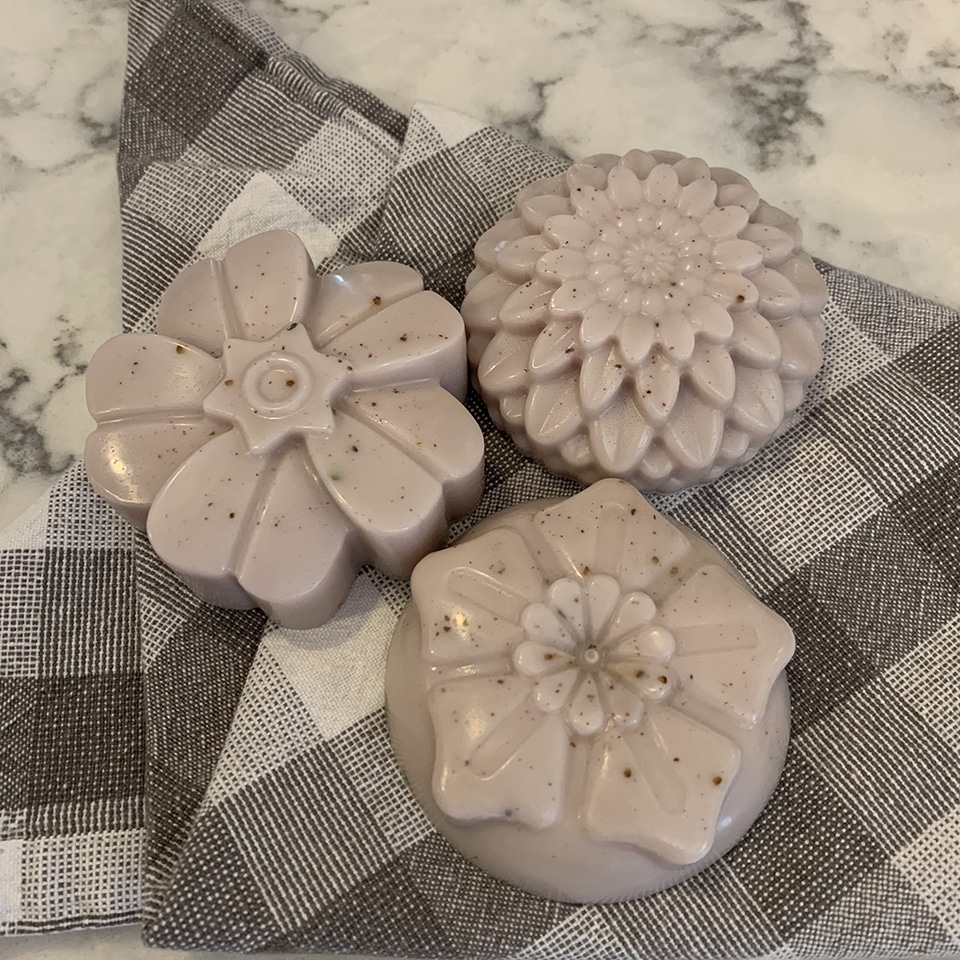
There are multiple benefits to making soap, whether it’s melt and pour or completely from scratch. First, you know exactly what is in each bar. You have complete control over additives which is wonderful for those who are dedicated to living naturally or are allergic to fragrances. Homegrown plant material or essential oils mixed into the soap can even promote healing. Dried calendula added to the soap base, for example, could help heal minor scrapes. Melt and pour soap is also a fantastic option for homemade gifts that are affordable and don’t require hours of time.
To make this type of soap, chop the base into small chunks, put them in a pot and heat until liquid. Once the soap is melted, you can stir in natural additives, such as plant material or essential oils. Then pour the mixture into molds and leave to harden for a few hours until set. After the soap is set it’s ready to use. Unlike soap made from scratch, melt and pour soap does not require a curing period. This is perfect if you have your heart set on making soap, but either can’t or don’t want to wait months for the bars to be usable.
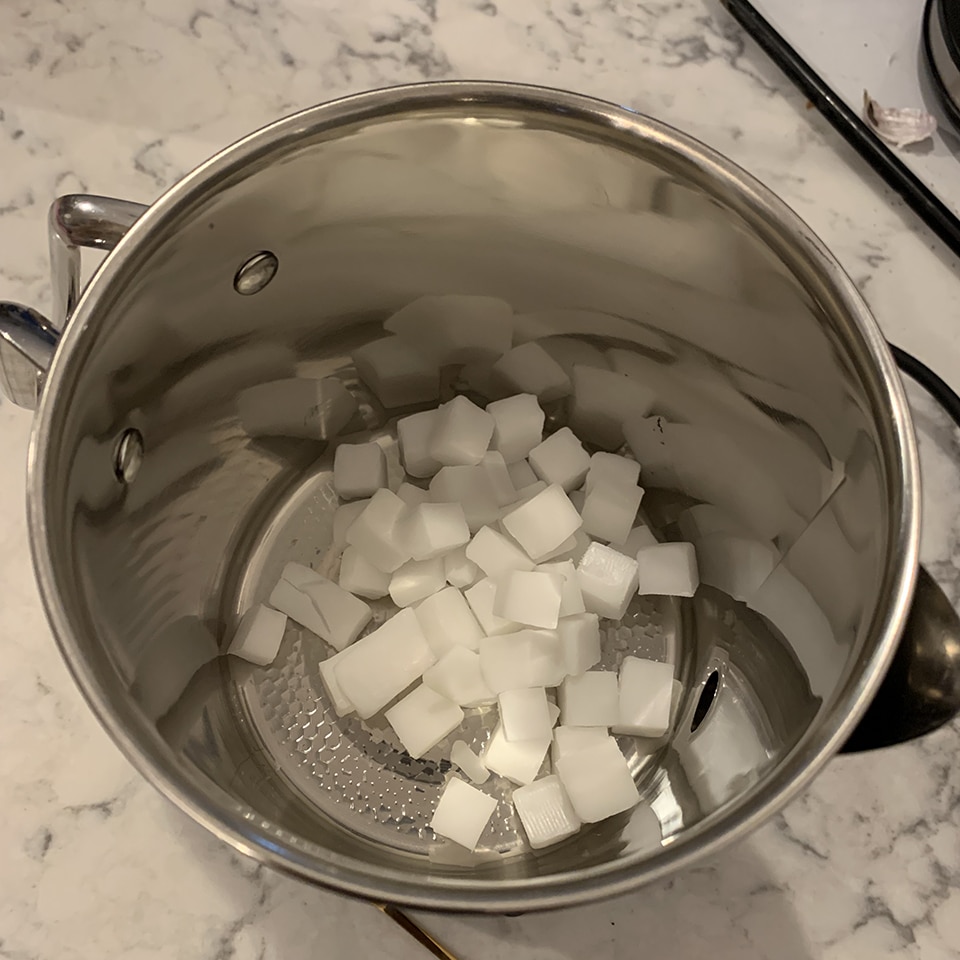
My sister and I make melt and pour soap with a kit a family friend gifted us. Our kit comes with a melting pot which makes the process simpler, though you can melt soap base over the stove too. Soap melts extremely quickly, so if you don’t use a kit, a double boiler over the lowest heat setting is best. The process doesn’t take long or require much hands-on time.
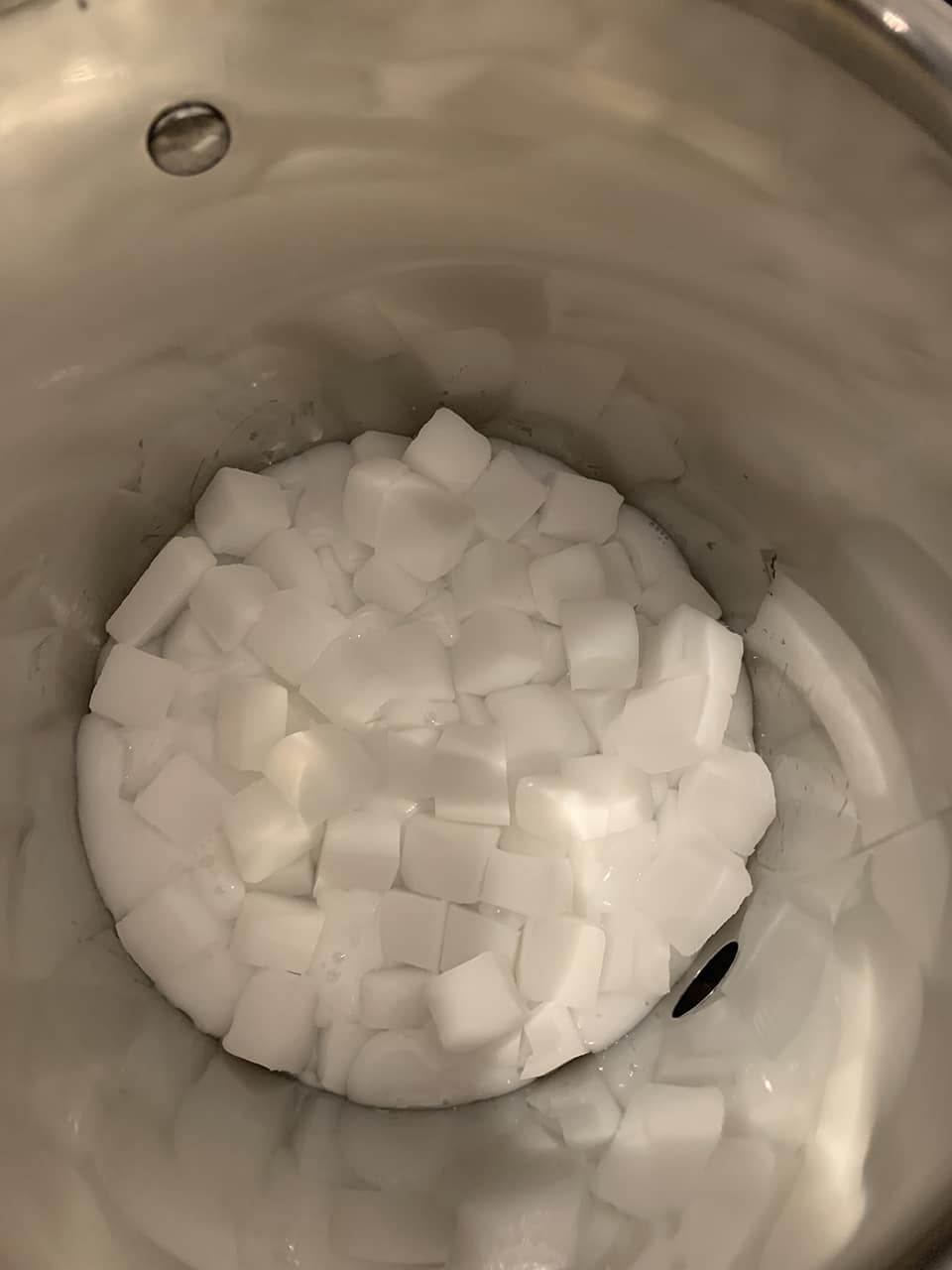
Keep in mind that because the melt and pour base is premade and saponified, it’s best to stick to dry additives and a few drops of essential oils. Butters, oils like olive or almond oil and other liquids can affect how the soap behaves, which decreases its usefulness and longevity. There are countless natural additives to use, so get creative! For our first batch of soap, my sister and I added crushed and dried chocolate mint leaves and dehydrated strawberry powder. I already have many ideas for future soap bars and can’t wait to make them.
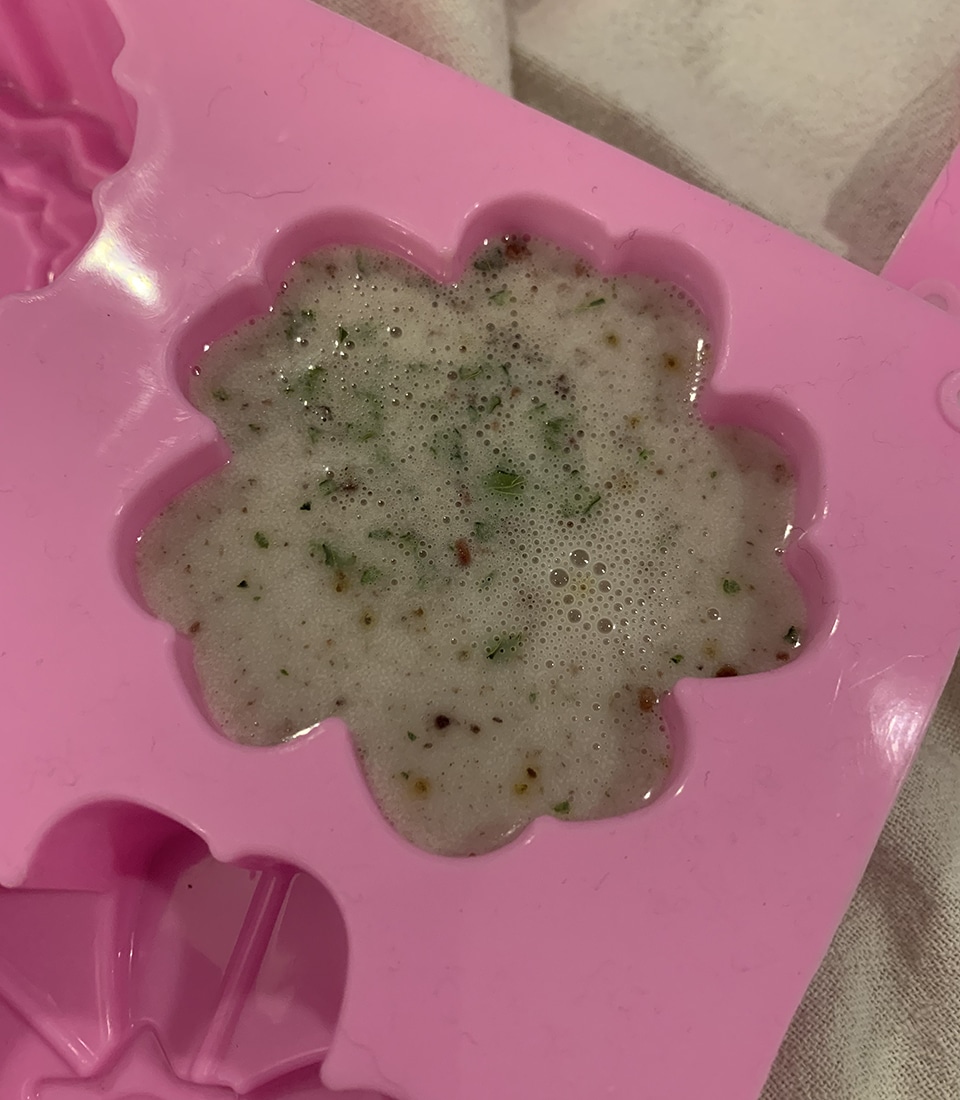
Making melt and pour soap is both useful and satisfying, and the finished bars can look incredible through the use of color and molds. I find that there’s something truly beautiful about creamy bars of homemade soap. In a different time though, soap making was a necessity, and likely a chore. Because we don’t have to make our own soap to clean ourselves now, we can take the time to be intentional about creating soap we like using and simply enjoy the process.
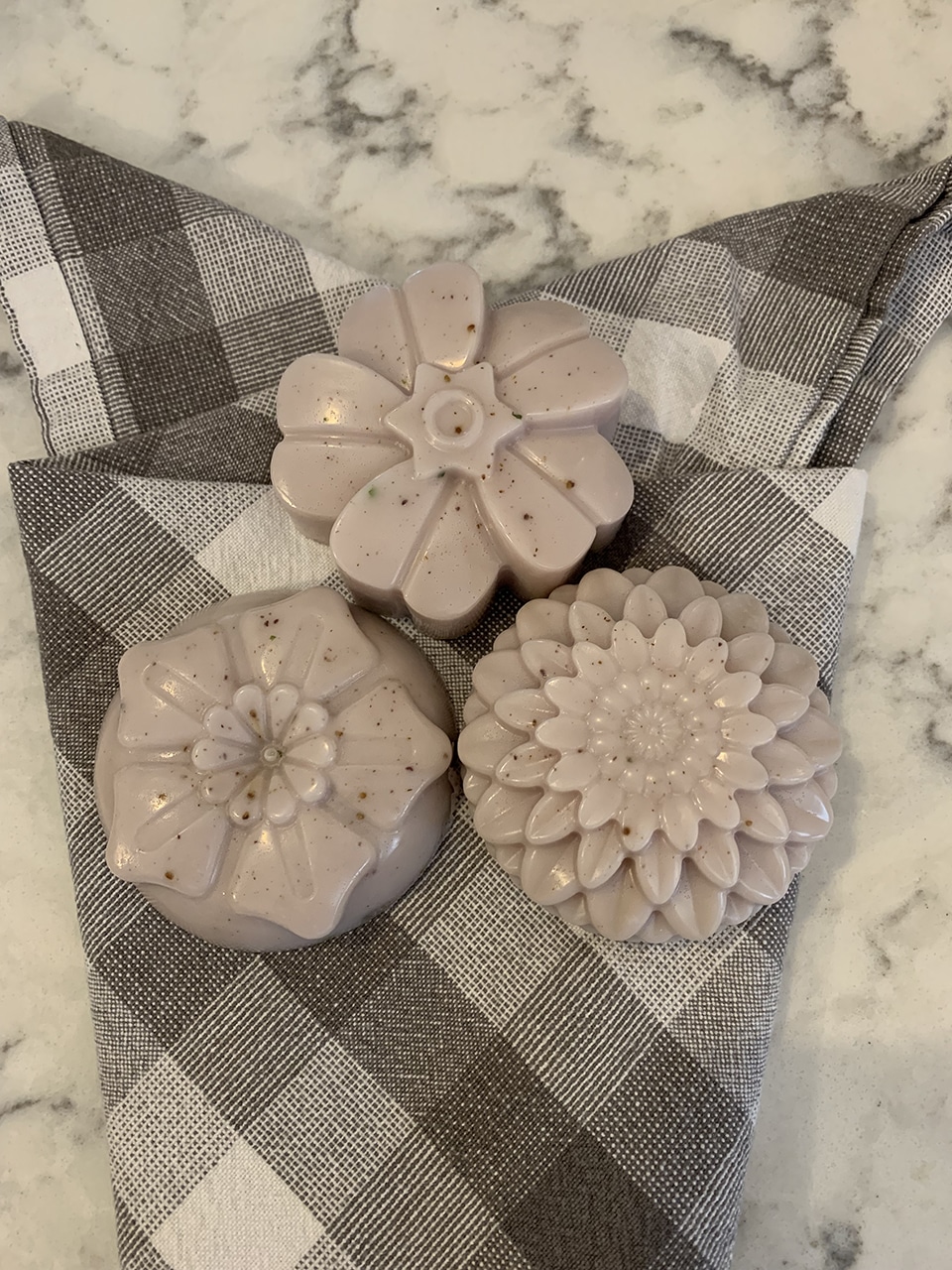
One of my personal life goals is to live life as naturally as possible, and not because of a reason like self-sufficiency, though that is certainly a bonus. I want to know exactly what is going into my food, whether it’s grains, produce or meat, and I want to know what I’m absorbing into my body when I clean the house or take a shower. I hope someday that taking the time to make homemade soap from scratch is something that I am motivated to do on a regular basis, but until then, I’m happy to create and learn with melt and pour soap.
Read more about the soap making process with this article from Barbara Baird.
"Anna" is a teenage girl who loves to write, read, and do just about anything artsy. She enjoys writing about nature crafts and her experiences while learning to hunt and cook wild game. Anna firmly believes that backyard chickens lay the best eggs and that spending time outside with her flock every morning will start the day off happily. She is extremely grateful to her best friend, who inspired her to really take writing seriously. You can find her lost in her latest idea or listening to her sister "Rose" read book quotes. View all posts by Anna